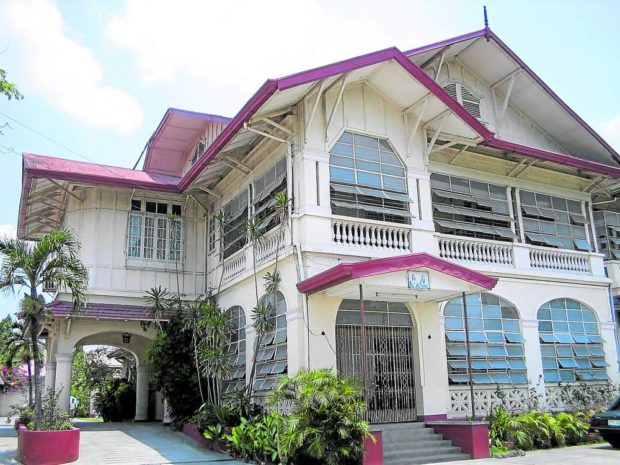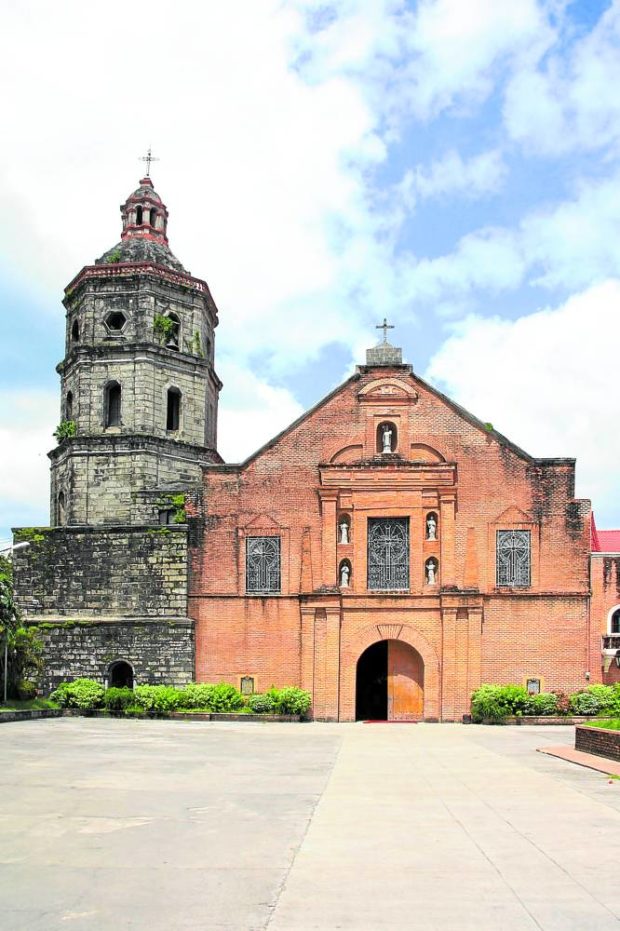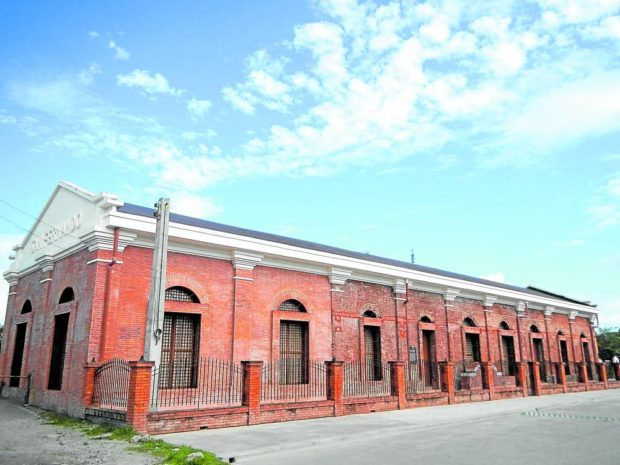The architectural wonders of Pampanga
For most tourists, the mere mention of Pampanga conjures up images of Mount Pinatubo, gastronomic delights and outdoor adventures.
However, did you know that this Culinary Capital is also one of the best places to visit if you’re on the lookout for historic destinations? Pampanga is a place that has seen many of our country’s notable events. Many of its built structures stand as testament to its rich history, having survived numerous earthquakes and even wars.
Let’s go off the beaten path and discover the rich history behind Pampanga. The province is teeming with ancestral houses, churches and other significant architectural gems that would surely make you love the place more the next time you visit.
Ancestral homes
Like Negros and Bacolod, Pampanga benefitted a lot from the progressive sugar industry in the early 20th century. Kapampangan hacienderos became very affluent during this period, which allowed them to build majestic mansions in the area. Today, several of these ancestral homes remain, while a few of them were already sold and rebuilt in Bataan’s living museum of heritage homes, Las Casas Filipinas de Azucar.
One of those that remain is the Pamintuan Mansion in Angeles City. The mansion was built in 1890 as a wedding present to Florentino Pamintuan, who later became the city’s mayor. Historically, it is quite significant as it became the headquarters of General Antonio Luna and the First Philippine Republic under General Emilio Aguinaldo. During its time, however, the mansion was also admired because of its modern features. It was one of the first homes that had running water in the bathrooms.

Now known as the Archdiocesan Chancery of San Fernando, this mansion was once the home of the Dison family.
Also known as Villa Epifania, the Guanzon House in Sta. Rita is also another heritage home worth visiting. The house was built in 1932 by Don Felipe Pineda Guanzon for his wife. Lovingly maintained by the family heirs, the house became sites of two local films, Tinimbang Ka Ngunit Kulang (1974) and Tanging Yaman (2000). It has also been the alleged site of supernatural occurrences, making it popular among ghost hunters.
Article continues after this advertisementAt the far end of the spiritual spectrum lies the Dison House of San Fernando, Pampanga. Now serving as the Archdiocesan Chancery, the mansion was built by the pious Luis Wenceslao Dison and his wife Felisa in the 1930s. Its architect was Fernando H. Ocampo, one of the founders of the University of Santo Tomas (UST) School of Fine Arts and Design in 1930.
Article continues after this advertisement
The San Agustin Church in Lubao showcases a brick façade that was typical during the Spanish period.
Historic churches
Pampanga is also one of the best places to conduct your Visita Iglesia during the Lenten season.
One of its most popular landmarks is the Sto. Rosario Church in Angeles City. Built during the Spanish period by forced labor system, the religious edifice is dubbed the “Pisambang Maragul” (“Big Church”) by locals. It was recently recognized by the National Commission for Culture and the Arts as a national historical site.
The San Agustin Church in Lubao, Pampanga, is another must-visit destination. Built in the 17th century, the church features neo-classic features and a brick structure. Its significance was recognized by the Historical Committee of the Philippines in 1952 and by the National Museum of the Philippines in 2013.
The Betis Church, or more formally known as the St. James the Apostle Parish Church in Guagua should also be on your itinerary. Declared a National Cultural Treasure by the National Museum, the church is famous for its fantastic mural paintings on the ceiling. It was built in 1607.
As long as you’re in the area, the nearby Guagua Church, or the Immaculate Conception Parish Church, is also worth checking out. Built in the 17th century, this Baroque church features a brick façade which is typical during the Spanish period. The church is quite localized when it comes to its architecture, with shells decorating the altar pediment and plant motifs adorning the retablo.
The San Fernando Train Station
A story of sacrifice and valor lies beneath the façade of the San Fernando Train Station. In 1942, it bore witness to the end of the Bataan Death March, an event in which thousands of Filipino and American soldiers were forced to walk from Bataan to Pampanga with little food and water. The event is commemorated in the station nowadays by a life-size di0rama created by Juan Sajid Imao, an award-winning sculptor.
Besides its role in the war, however, the San Fernando Train Station also became the site of other important historical events. Built in 1892, the station was considered the most important station of the Manila-Dagupan Railroad. It helped usher in progress in Pampanga during the sugar boom of the late 19th century. Furthermore, the station was also mentioned in the memoirs of our national hero Dr. Jose Rizal. It was said that Rizal boarded trains here to recruit members for his group, La Liga Filipina, or to visit a secret flame who resided in the area.
Of heritage and gastronomyOverall, Pampanga is worth visiting if you’re into great food, architecture and scenic attractions. The province has about every kind of attraction that will please tourists from all walks of life.
If you’re looking to visit or even relocate to this beautiful land in Central Luzon, do remember to stop by some of its historical landmarks. These heritage sites stand as silent witness to the rich history that makes up Pampanga, and ought to be appreciated even by future generations.
Sources:pinoyadventurista.com; sanfernandotrainstation.com; visitmyphilippines.com; kaplistorian.blogspot.com;
Ivanhenares, RamonFVelasquez, Elmer B Domingo, and JJ Carpio via Wikimedia Commons

